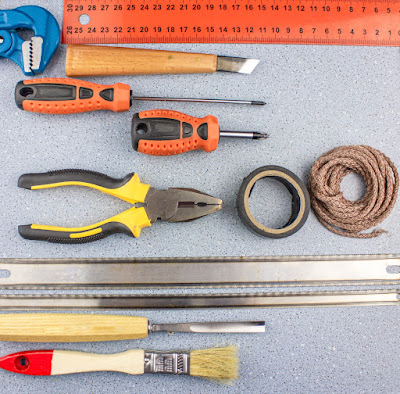TORQUE: The False Indicator of Your Clamp Performance

The output provided by a product in relation to the input invested determines its performance. Many OEMs and end-users of hose clamps believe that the input torque delivered to the clamp is a measure of the clamp's performance, however, this is not the case. Today, through this blog we will debunk some of the fallacies around clamp performance and losses. 1. How a worm drive hose clamp works When torque is applied to the screw engaged in the strip, the threads pull the strip against the housing, resulting in an effective clamp joint. A multitude of intricate events happens during this action. The imparted torque is first transformed to effective tensile force, which is stored as strain energy, and then to heat energy owing to frictional losses of mating components. This strain energy is the potential energy stored in the band as a result of its elastic deformation. And it is this strain energy that causes the micro elongation of the band, which can be determined from the area unde

